Home>Gardening & Outdoor>Plant Care & Gardening Tips>When Will Mums Be For Sale
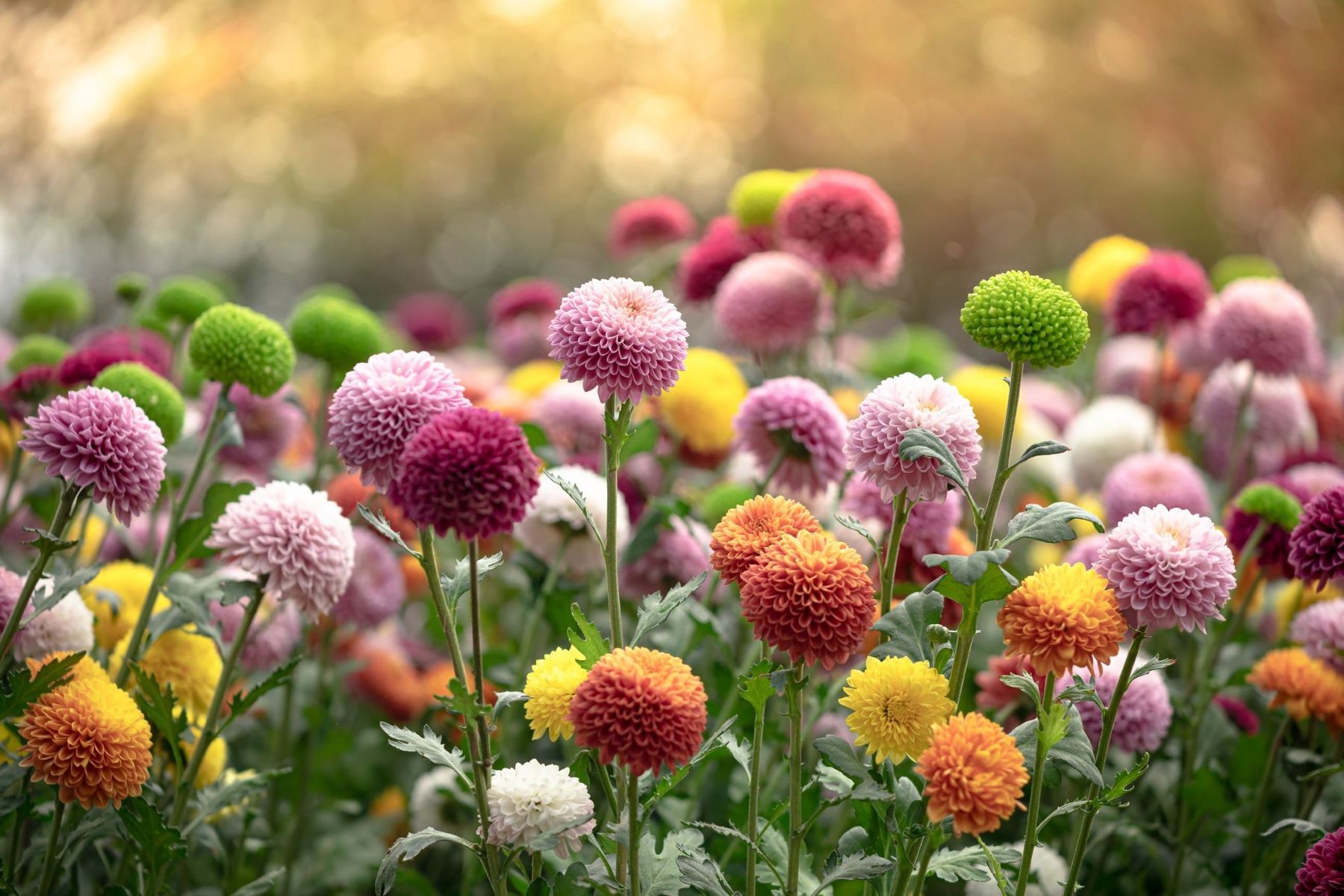

Plant Care & Gardening Tips
When Will Mums Be For Sale
Modified: March 2, 2024
Discover the best plant care and gardening tips to help you determine when mums will be available for sale. Learn how to care for your mums and enhance your gardening skills.
(Many of the links in this article redirect to a specific reviewed product. Your purchase of these products through affiliate links helps to generate commission for Storables.com, at no extra cost. Learn more)
Introduction
Mums, also known as chrysanthemums, are beloved for their vibrant blooms and remarkable versatility. As the seasons change, many gardening enthusiasts eagerly anticipate the availability of these stunning flowers. The question on many minds is, "When will mums be for sale?"
The anticipation surrounding mum sales is not merely about the flowers themselves, but also the joy and beauty they bring to gardens, homes, and special occasions. Whether adorning front porches with their autumnal hues or adding a burst of color to indoor spaces, mums have become synonymous with warmth and cheer.
The excitement of awaiting mum sales is akin to the anticipation of a cherished tradition. It's a time when gardeners and flower enthusiasts eagerly plan their next floral displays, envisioning the delightful impact that mums will have on their surroundings. The availability of mums marks the beginning of a new chapter in the gardening calendar, signaling the transition to a season filled with vibrant colors and natural splendor.
As we delve into the history of mums and explore the factors influencing their availability, we'll gain a deeper understanding of the significance of mum sales. Additionally, we'll consider the future of mum sales, shedding light on the evolving landscape of acquiring these beloved flowers. So, let's embark on this journey to uncover the fascinating world of mums and the timeline of their availability.
Key Takeaways:
- Mums, also known as chrysanthemums, have a rich history and their availability is influenced by seasonal cycles, cultivation practices, market demand, and environmental factors. The future of mum sales will embrace sustainability, digital accessibility, diverse cultivars, community engagement, and seasonal celebrations.
- The availability of mums is eagerly anticipated by gardening enthusiasts, and their timeless appeal transcends geographical boundaries and cultural barriers. The future of mum sales will bring forth innovation, sustainability, diversity, community engagement, and celebratory adornment, ensuring the continued enchantment of these beloved flowers.
Read more: When Are Best Furniture Sales
The History of Mums
Chrysanthemums, commonly referred to as mums, have a rich and storied history that dates back to ancient times. Originating in China, these exquisite flowers were initially cultivated for their medicinal properties. With their diverse range of colors and shapes, mums were not only valued for their aesthetic appeal but also for their perceived healing properties. Over time, mums became deeply ingrained in Chinese culture, symbolizing longevity, rejuvenation, and vitality.
The allure of mums extended beyond China, captivating the attention of horticultural enthusiasts in Japan. During the Nara period (710-794 AD), mums were introduced to Japan, where they quickly gained prominence and were eventually designated as the official imperial seal. This elevated status solidified the significance of mums in Japanese culture, where they became associated with the imperial family and were revered as a symbol of honor and longevity.
In the 17th century, mums made their way to Europe, where they garnered widespread admiration and underwent extensive hybridization. European botanists and horticulturists were captivated by the diverse array of mum varieties, leading to the development of new cultivars with distinct characteristics. This period marked the beginning of the global fascination with mums, as they were embraced for their ornamental value and incorporated into elaborate garden designs.
Fast forward to the present day, and mums continue to captivate gardening enthusiasts and flower aficionados worldwide. Their enduring popularity is a testament to their timeless allure and remarkable adaptability. From traditional gardens to modern landscapes, mums have maintained their status as cherished floral treasures, adorning gardens, events, and homes with their resplendent blooms.
As we reflect on the historical journey of mums, it becomes evident that these captivating flowers have transcended geographical boundaries and cultural barriers, leaving an indelible mark on the world of horticulture and botanical appreciation. The legacy of mums is a testament to their enduring appeal and the profound impact they have had on diverse cultures throughout history.
Factors Affecting the Availability of Mums
The availability of mums is influenced by a myriad of factors that shape the timeline and accessibility of these beloved flowers. Understanding these factors provides valuable insights into the dynamics of mum sales and the considerations that impact their availability.
Seasonal Variability
Mums are inherently tied to seasonal cycles, with their availability closely aligned with specific times of the year. As autumn approaches, the demand for mums surges, leading to an increase in their availability at garden centers, nurseries, and floral retailers. This seasonal variability is a key determinant of when mums will be for sale, as it reflects the natural growth patterns and blooming seasons of these flowers.
Cultivation and Harvesting
The process of cultivating and harvesting mums plays a pivotal role in determining their availability. Nurseries and growers meticulously plan and execute the cultivation of mums to align with peak blooming periods, ensuring an abundant supply for eager customers. Factors such as climate, soil conditions, and cultivation techniques all contribute to the successful growth and subsequent availability of mums for sale.
Read more: When Is The Best Mattress Sale
Regional Variations
The availability of mums can vary based on geographical regions and climatic conditions. Different regions experience distinct growing seasons and environmental factors that influence the timing of mum sales. For example, areas with milder climates may have an extended mum-selling season compared to regions with harsher winters, where mum availability may be more limited.
Market Demand and Trends
Consumer demand and market trends play a significant role in shaping the availability of mums. As the popularity of mums continues to soar, retailers and nurseries strategically align their sales timelines to meet the heightened demand. This proactive approach ensures that mums are readily available to meet the preferences and expectations of gardening enthusiasts and floral enthusiasts.
Supply Chain Logistics
The intricate logistics involved in the supply chain, including transportation, distribution, and inventory management, impact the availability of mums. Nurseries and retailers work diligently to streamline their supply chain processes, ensuring that mums are efficiently delivered to marketplaces in a timely manner. This logistical orchestration is essential in facilitating the seamless availability of mums for sale.
Environmental Factors
External factors such as weather patterns, natural disasters, and unforeseen events can influence the availability of mums. Adverse weather conditions or unforeseen challenges in the natural environment may impact the cultivation and supply of mums, leading to fluctuations in their availability. Nurseries and growers adapt to these environmental factors to mitigate potential disruptions and maintain a consistent supply of mums.
Read more: When To Divide Mums
Industry Innovations
Advancements in horticultural practices, breeding techniques, and cultivation technologies contribute to the availability of mums. Ongoing innovations within the horticulture industry enable growers to optimize the production and availability of mums, ensuring that a diverse range of varieties are accessible to consumers. These innovations play a pivotal role in meeting the evolving demands for mums and enhancing their availability in the market.
By comprehensively examining the factors influencing the availability of mums, we gain a holistic understanding of the intricate dynamics that shape the timeline and accessibility of these cherished flowers. The interplay of seasonal, logistical, and market-driven elements underscores the multifaceted nature of mum availability, highlighting the collaborative efforts of growers, retailers, and industry stakeholders in ensuring a vibrant and accessible market for mums.
The Future of Mum Sales
The future of mum sales is poised to witness a convergence of innovation, sustainability, and consumer engagement, shaping a dynamic landscape for the availability and acquisition of these beloved flowers. As we look ahead, several key trends and developments are set to influence the trajectory of mum sales, heralding a new era of accessibility and appreciation for these iconic blooms.
Sustainable Cultivation Practices
Sustainability will be a driving force in the cultivation of mums, with an emphasis on eco-friendly practices, resource conservation, and environmental stewardship. Growers and nurseries are increasingly embracing sustainable cultivation methods, integrating organic approaches, water-efficient technologies, and renewable energy solutions into mum production. This commitment to sustainability not only aligns with evolving consumer preferences but also underscores the industry's dedication to responsible and eco-conscious practices.
Digital Accessibility and E-Commerce
The digital landscape will play a pivotal role in expanding the accessibility of mum sales, offering consumers seamless avenues to explore, select, and purchase mums online. E-commerce platforms and digital marketplaces will provide a virtual hub for browsing an extensive array of mum varieties, enabling customers to conveniently source their preferred blooms with just a few clicks. This digital accessibility will transcend geographical boundaries, empowering enthusiasts worldwide to partake in the joy of acquiring mums from diverse growers and suppliers.
Read more: When To Plant Mums In Ohio
Varied Cultivar Offerings
The future of mum sales will be characterized by an expanded assortment of cultivars, showcasing an eclectic tapestry of colors, shapes, and sizes. Breeders and horticultural experts are continually introducing novel mum varieties, each boasting unique characteristics and captivating aesthetics. This proliferation of cultivar offerings will cater to diverse preferences, allowing enthusiasts to curate bespoke floral displays and infuse their surroundings with an enchanting spectrum of mum blooms.
Community Engagement and Events
Community engagement initiatives and horticultural events will serve as focal points for promoting mum sales and fostering a sense of camaraderie among gardening enthusiasts. Local garden festivals, mum showcases, and educational workshops will provide platforms for enthusiasts to immerse themselves in the world of mums, gaining insights from experts, exchanging gardening tips, and celebrating the beauty of these exquisite flowers. These communal gatherings will invigorate the spirit of mum appreciation, nurturing a vibrant community of enthusiasts dedicated to the cultivation and enjoyment of mums.
Seasonal Celebrations and Floral Decor
Mum sales will be intricately woven into seasonal celebrations and festive occasions, becoming integral components of decorative traditions and expressive floral arrangements. From autumnal festivities to holiday adornments, mums will take center stage in embellishing homes, events, and public spaces with their resplendent blooms. This integration of mums into seasonal celebrations will elevate their significance, infusing joy and elegance into a myriad of cultural and social contexts.
As the future unfolds, the realm of mum sales will continue to evolve, guided by a harmonious blend of sustainability, digital innovation, diversity, community engagement, and celebratory adornment. This evolution will not only expand the accessibility of mums but also deepen the appreciation for these timeless flowers, ensuring that their allure transcends generations and continues to enchant hearts around the world.
Frequently Asked Questions about When Will Mums Be For Sale
Was this page helpful?
At Storables.com, we guarantee accurate and reliable information. Our content, validated by Expert Board Contributors, is crafted following stringent Editorial Policies. We're committed to providing you with well-researched, expert-backed insights for all your informational needs.
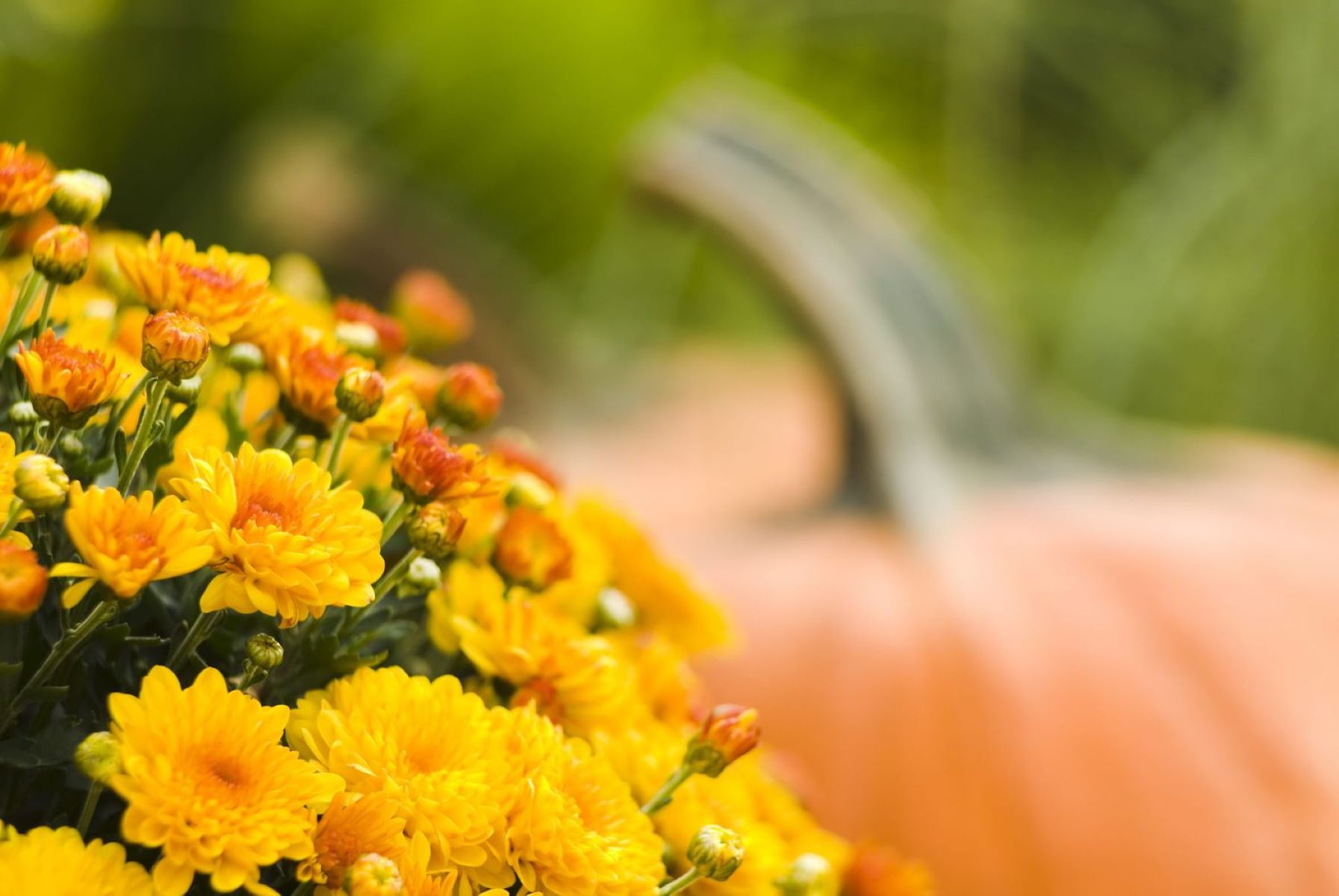
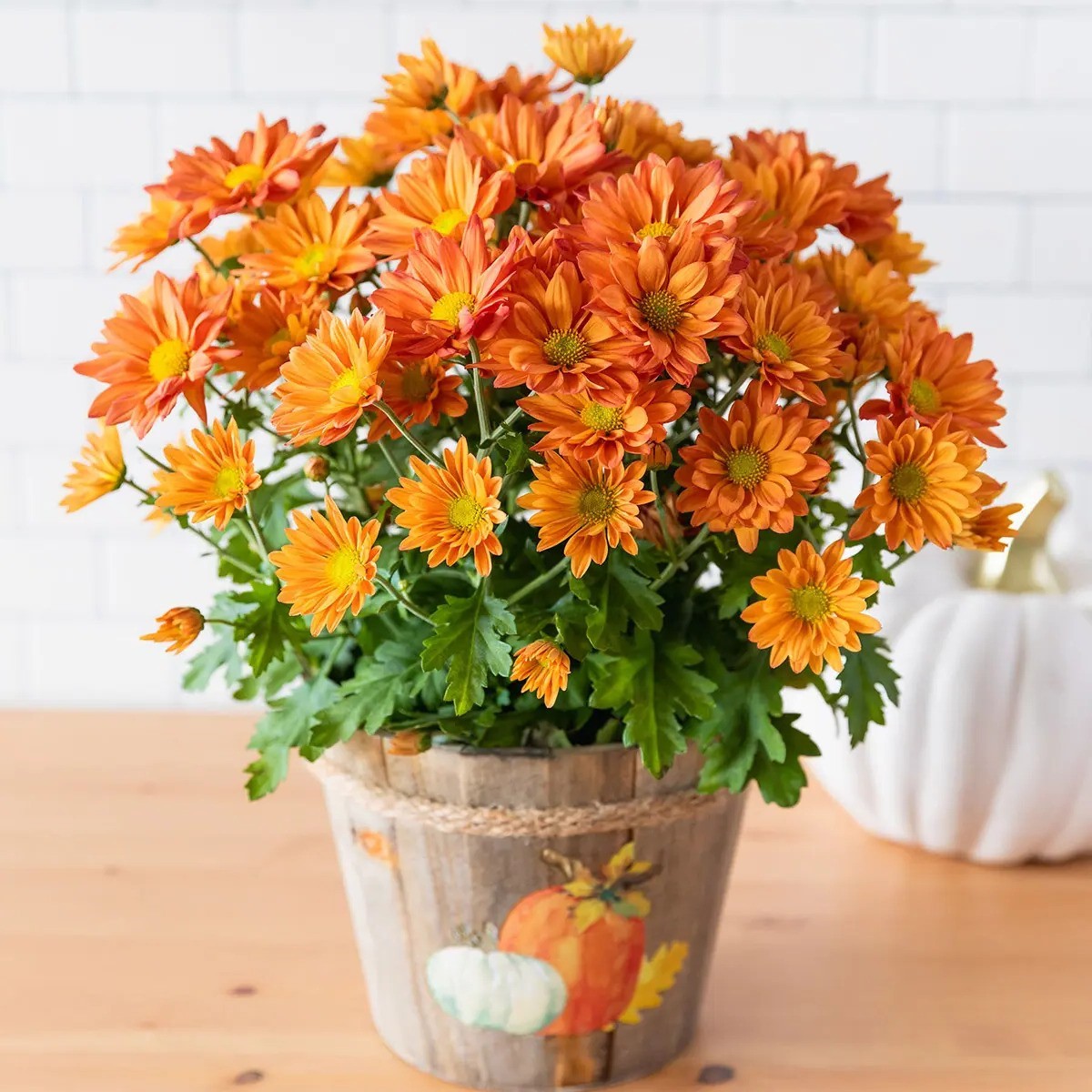


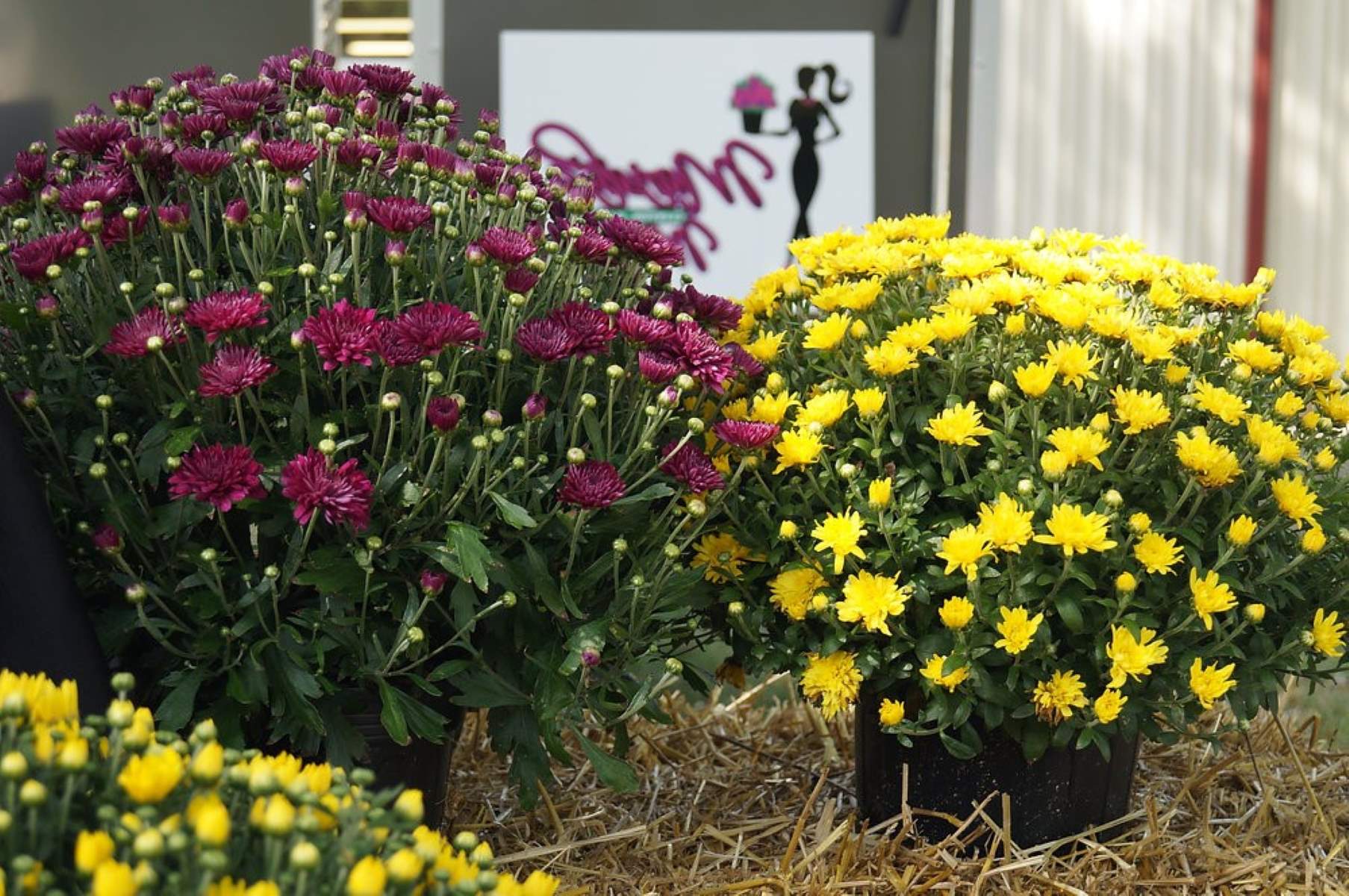
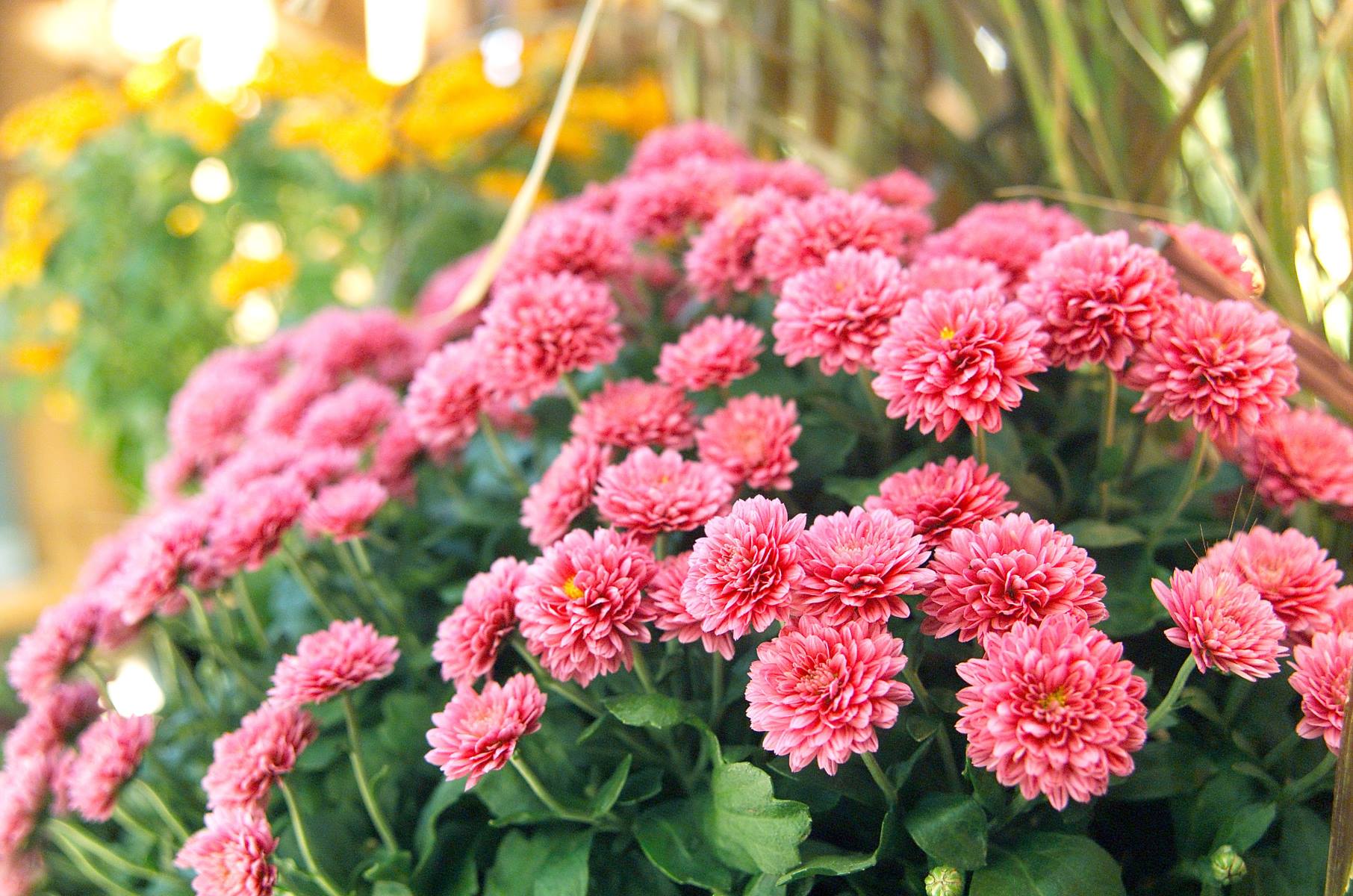
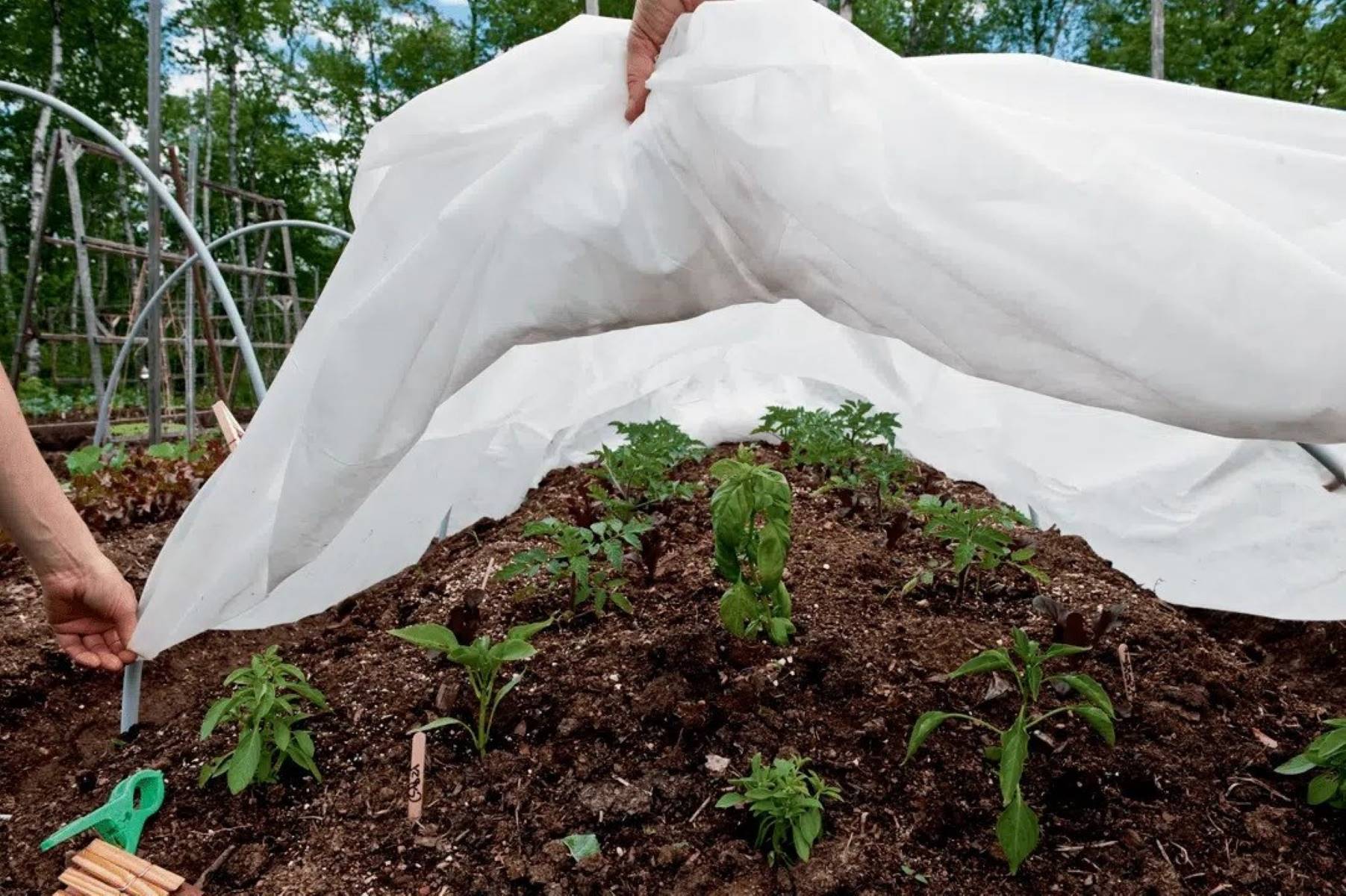
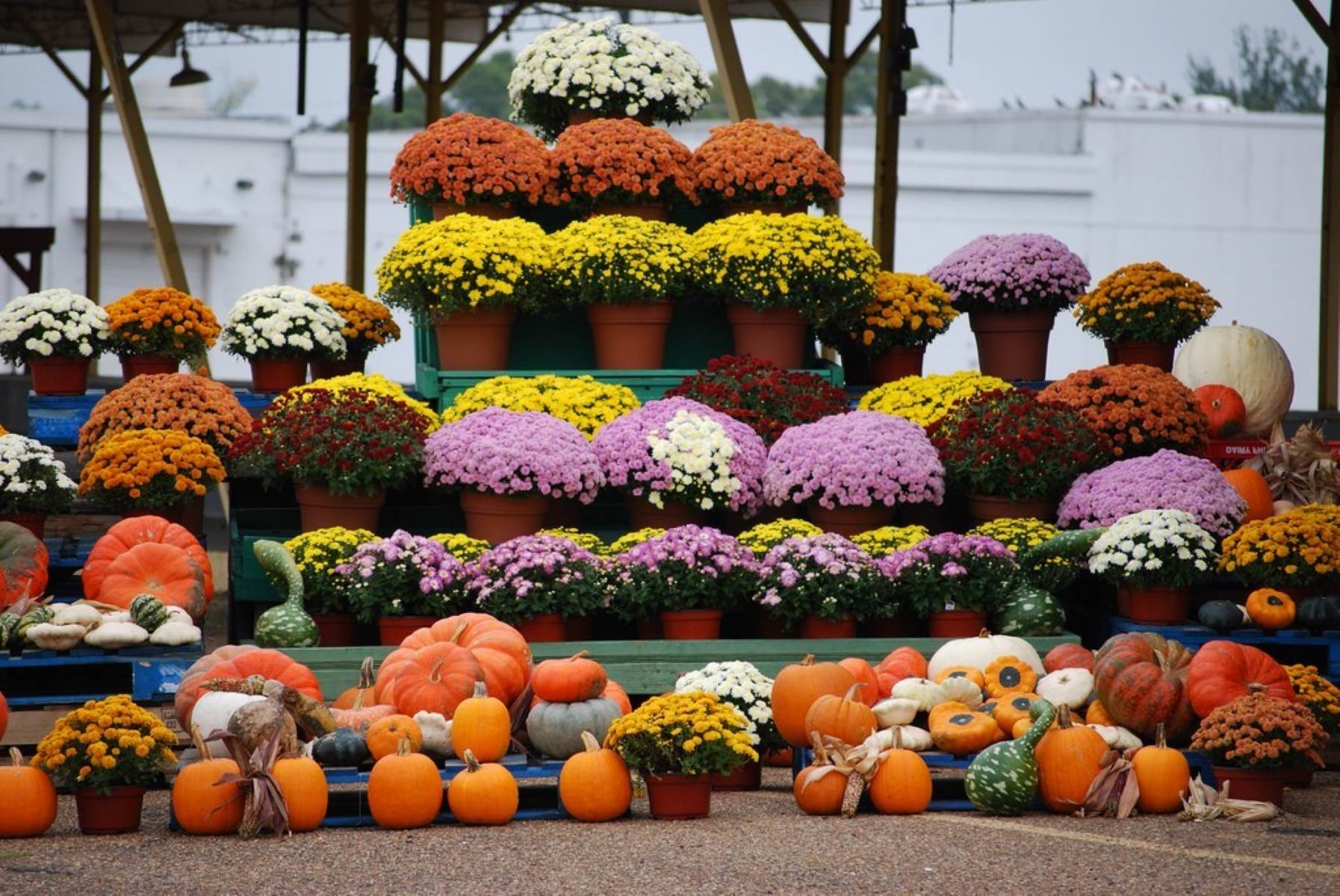
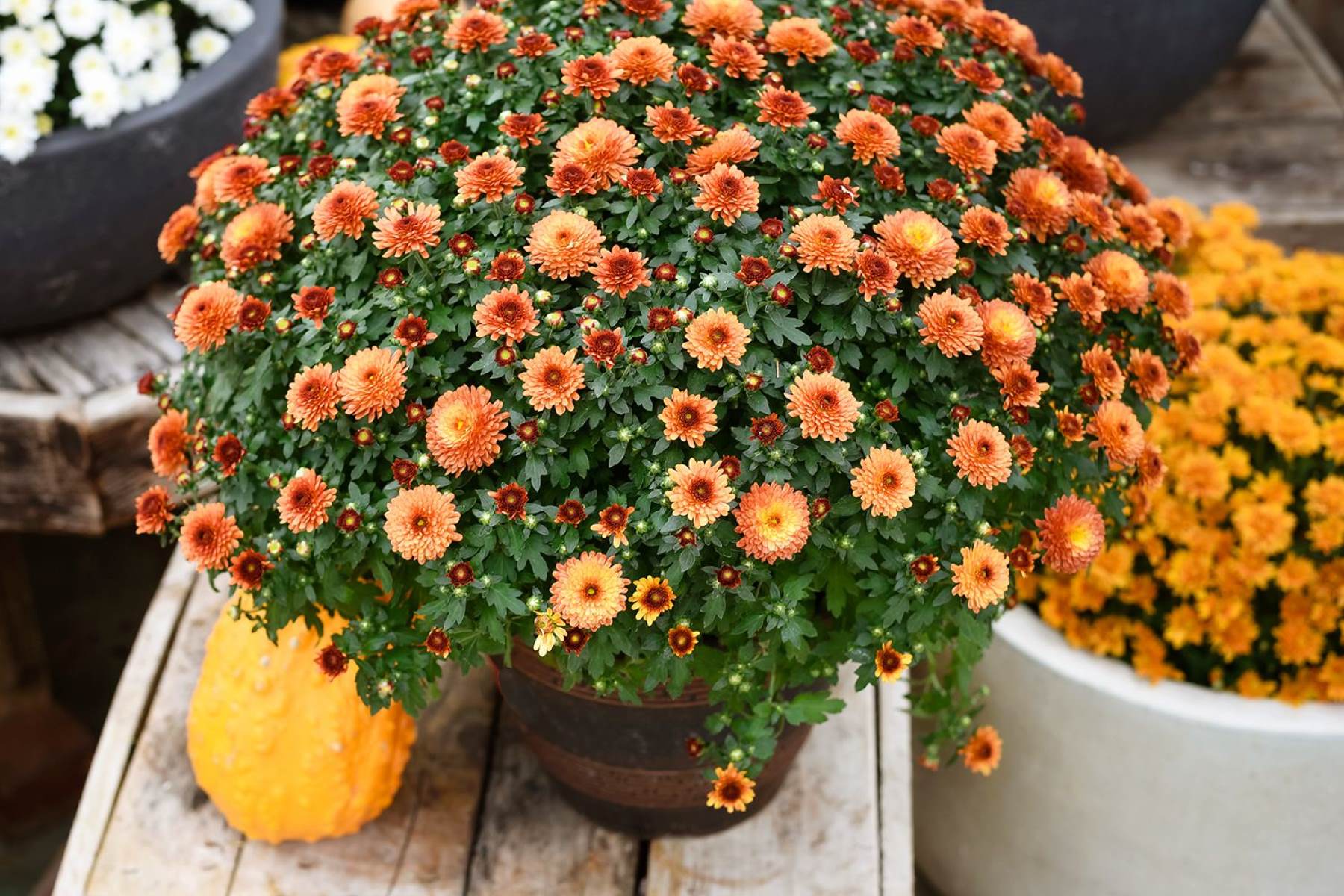




0 thoughts on “When Will Mums Be For Sale”